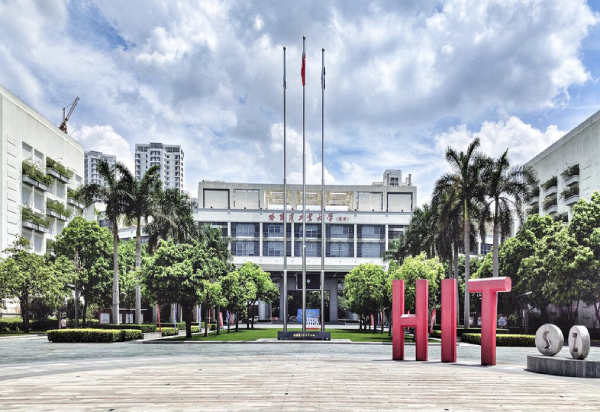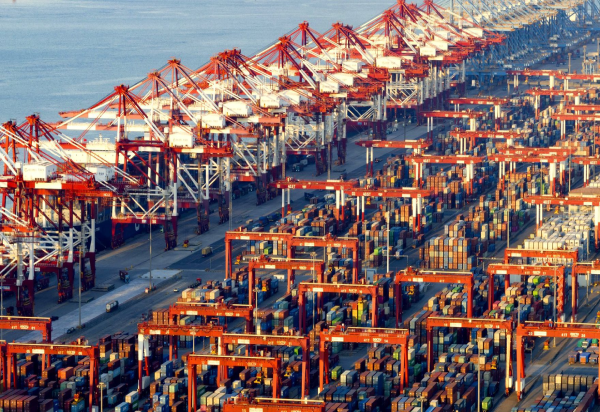From Farm to Table: China Intensifies Efforts to Curb Food Waste
China is stepping up its efforts to combat food waste, not only as part of its national food security strategy but also in response to environmental and social concerns. As the world’s most populous country, China faces increasing pressure to sustainably feed its population, which exceeds 1.4 billion. In recent years, the country has launched a wide range of policies, campaigns, and technological innovations to address food loss from production to consumption.
A National Priority
Food waste reduction has become a key national policy priority. In 2021, the Chinese government enacted the Anti-Food Waste Law, a landmark legislation targeting waste at restaurants, events, and institutions. The law prohibits excessive ordering at banquets and encourages responsible consumption in dining establishments, with penalties imposed for violations.
This legal push complements the “Clean Plate Campaign,” which first gained momentum in 2013 and was relaunched in 2020. The campaign urges citizens to take only what they can eat and promotes the idea that wasting food is socially irresponsible and morally unacceptable.
Smart Agriculture to Minimize Waste
Technological innovation is playing a central role in reducing food waste in the agricultural sector. The use of smart farming systems, AI-powered monitoring, drone surveillance, and precision irrigation helps optimize crop yields while minimizing losses caused by weather, pests, or mismanagement.
In several provinces, digital supply chains and cold chain logistics have been upgraded to reduce post-harvest losses, ensuring that perishable goods reach markets and consumers faster and in better condition.
Reducing Waste in the Supply Chain
China is focusing on modernizing food transportation, packaging, and storage systems to cut losses along the supply chain. For example, in major urban centers like Shanghai and Guangzhou, innovations in cold storage technology and logistics efficiency have dramatically decreased spoilage rates for fruits, vegetables, and dairy products.
Supermarkets and food distribution centers are also implementing inventory management systems and AI forecasting tools to better match supply with consumer demand, thus reducing the volume of unsold or discarded food.
Cultural and Educational Efforts
In addition to policy and technology, China is investing in public awareness and education. Schools across the country are incorporating food waste awareness into the curriculum. Students are taught the value of every grain and encouraged to cultivate habits of conservation from a young age.
Restaurants and hotels display signs urging diners not to waste food. In some places, portions are adjusted to better match appetite sizes, and leftover-sharing policies are being promoted, especially in group dining settings.
Digital Platforms Join the Movement
Several Chinese tech platforms have joined the anti-waste movement. Food delivery apps like Meituan and Ele.me now offer “half-portion” options and discounts for ordering smaller meals. Some platforms also collaborate with charities to redirect surplus food to those in need.
Global Implications
China’s efforts to reduce food waste have implications beyond its borders. As one of the world’s largest importers and consumers of food, the country’s progress in minimizing food loss can contribute significantly to global food sustainability goals.
In line with the United Nations Sustainable Development Goal 12.3, which aims to halve per capita global food waste by 2030, China’s approach serves as a model for other developing and emerging economies.
Challenges Ahead
Despite significant progress, China still faces several challenges in fully curbing food waste. Rural-urban disparities in infrastructure, uneven implementation of anti-waste policies across regions, and entrenched cultural habits of abundance—especially at banquets—pose obstacles to change.
Moreover, food waste at the household level remains a concern. Surveys show that while public awareness has improved, a substantial amount of food is still discarded due to over-purchasing, improper storage, or misjudging portion sizes.
Looking Forward: A Holistic Approach
China’s path toward reducing food waste is increasingly seen as part of a holistic national strategy that links food security, environmental sustainability, and social responsibility. Government ministries are working in coordination with businesses, academic institutions, and civil society to create an ecosystem of “green consumption.”
With continued investment in agritech, smart logistics, and public education, China aims to further reduce food loss at every stage—from farm to table. As climate change, urbanization, and population dynamics continue to impact global food systems, China’s experience offers valuable lessons for the international community.








